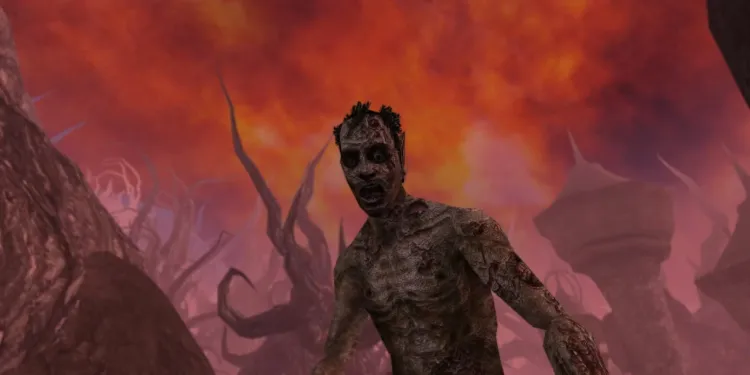Embracing Tradition: How The Elder Scrolls 6 Can Learn from Morrowind's Exploration and Combat
The anticipation for The Elder Scrolls 6 continues to mount, and as time goes on, fans are growing more eager to see how the game will innovate while retaining some of the core elements that made past titles in the franchise so memorable. While many eyes are on Skyrim for inspiration, the older installment, Morrowind, boasts some underrated mechanics that could make a valuable return in the upcoming Elder Scrolls installment.
Released in 2002, The Elder Scrolls 3: Morrowind is often hailed by fans as an embodiment of traditional RPG gameplay at its finest. Set in the diverse province of Morrowind, the game takes a hands-off approach, providing minimal hand-holding in the form of waypoints or on-screen compasses. Instead, players are left to their own devices, gently nudged toward the main questline and encouraged to explore and navigate the province by using road signs or seeking directions from NPCs.
This level of independence is something that subsequent Elder Scrolls releases like Oblivion and Skyrim gradually moved away from, with some long-time fans disapproving of the hand-holding that has become more prevalent in newer games. While fully adopting Morrowind's exploration mechanics for the likely vast map of The Elder Scrolls 6 might be impractical, the game could benefit from requiring more direct exploration or even introducing an optional feature for players to experience the game in a more classic, less guided manner.

Beyond exploration, Morrowind's combat system is markedly different from Skyrim's, and The Elder Scrolls 6 could find inspiration in the 2002 release. Morrowind employs a probability calculator for every damage attempt made by the player, akin to dice rolls in tabletop RPGs like Dungeons and Dragons. This system places a significant emphasis on a character's skill, rather than the player's skill, necessitating players to allocate skill points wisely to increase their chances of successfully landing damage on an enemy and determining the extent of that damage.
This contrasts with Skyrim's combat system, where damage attempts typically land successfully within an enemy's hitbox, with skills primarily serving to boost damage output. While Morrowind's probability-based combat has faced some criticism over the years, recent games like Baldur's Gate 3 have adopted a similar system to critical acclaim. Implementing such a system in The Elder Scrolls 6 would involve fluid, real-time combat rather than the turn-based gameplay of Baldur's Gate 3, but it underscores the modern demand for classic RPG elements.
The past criticisms of Morrowind's combat could potentially be mitigated in a more refined and contemporary release like The Elder Scrolls 6, highlighting the potential advantages of Bethesda revisiting this system. While Skyrim's combat holds a special place in fans' hearts, the need for innovation in TES 6 and the current RPG gaming landscape suggest that looking back to Morrowind's combat mechanics may be the more fitting choice.

Comments